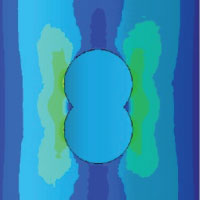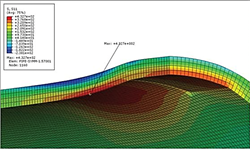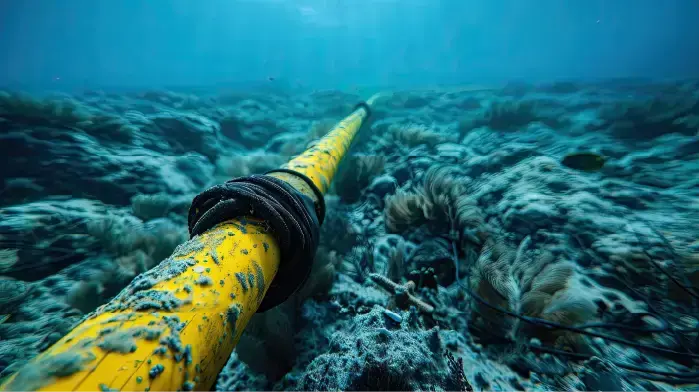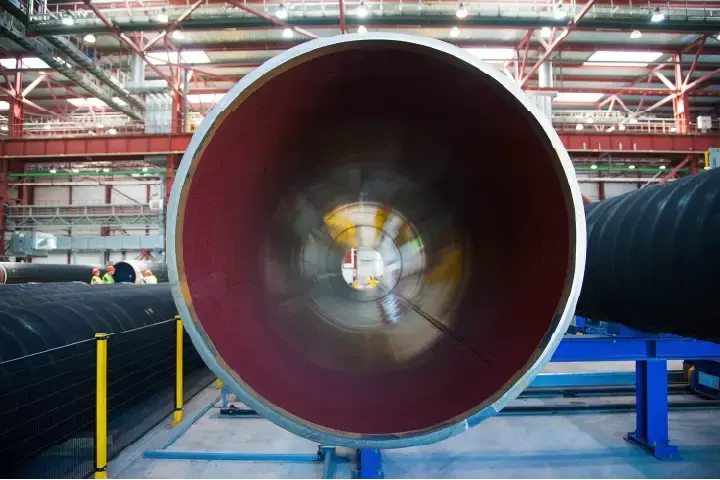
Jee aided a client with an intervention on a sea sump caisson on a platform in the North Sea.
Our client was responsible for the project management of the intervention on the sump, which was open ended and receiving discharge from sand wash activities, deck drains and seawater overflow from diesel tanks. The caisson had become blocked between -46m and -84m and needed to be cleared.
The client required an intervention plan, which involved cutting a number of holes in the caisson to allow access for hoses and dredging equipment to remove the blockage. The holes had the potential to weaken the caisson and an assessment was required to ensure that the integrity was acceptable for the remainder of the caisson’s field life. We were commissioned to analyse and assess the current structural integrity of the caisson and predict its integrity following the planned intervention.
Our knowledgeable team analysed the caisson’s structural integrity using FS 2000 design software, creating a global model of the caisson. They also constructed two local 3D models of the caisson at the hole locations using Abaqus FEA software. Different loads were applied to the local models and compared to assess the worst-case stress concentration factor (SCF), as a result of the new holes. The calculated SCF was then applied to the global model and checked to BS EN ISO 19902.
Our team found the caisson’s integrity would not be compromised by the formation of the proposed maintenance holes, provided any degradation or corrosion that the caisson had been subjected to did not exceed the expected levels. Limited data regarding the caisson’s actual corrosion was available and this needed to be fully accessed prior to the drilling of the maintenance holes. Our team advised that an ultrasonic scan should be carried out to check for defects and determine wall thickness.
We also recommended that the subsea diver team, tasked with drilling the holes, should first visually assess the caisson for any defects or cracks before drilling. We advised that the divers should be equipped with tools and cameras to enable them to capture and measure corrosion levels on the interior and exterior of the caisson. This information could then be used to check the results of the preceding ultrasonic scan and the correlation between the scan indications and actual observations
We provided our client with clear procedures for checking the integrity of the caisson at each stage of the cleaning process, enabling them to progress the work safely and with confidence. Contingency guidelines were also presented to the client for drilling additional holes in the event that the planned access holes proved to be too widely spaced to permit cleaning.
For more information, visit www.jee.co.uk/integrity-management
To contact our Head of Integrity Management Graham Wilson, email graham.wilson@jee.co.uk, or call +44 (0)1732 371 371.





